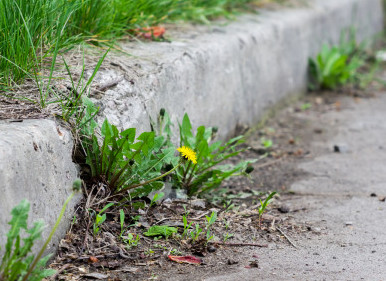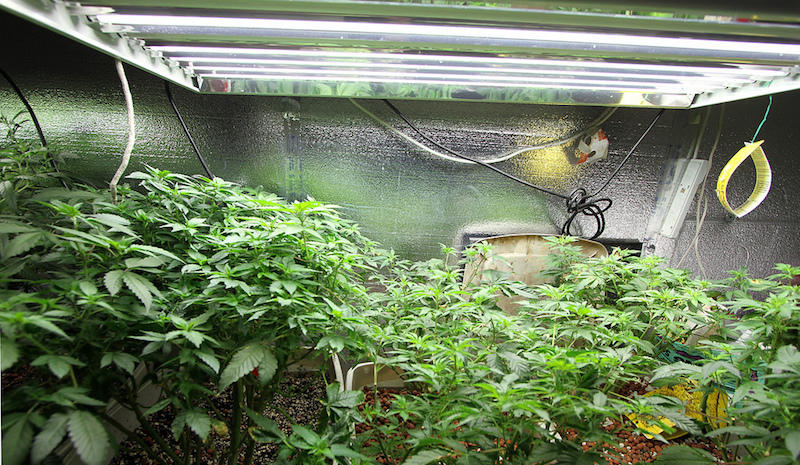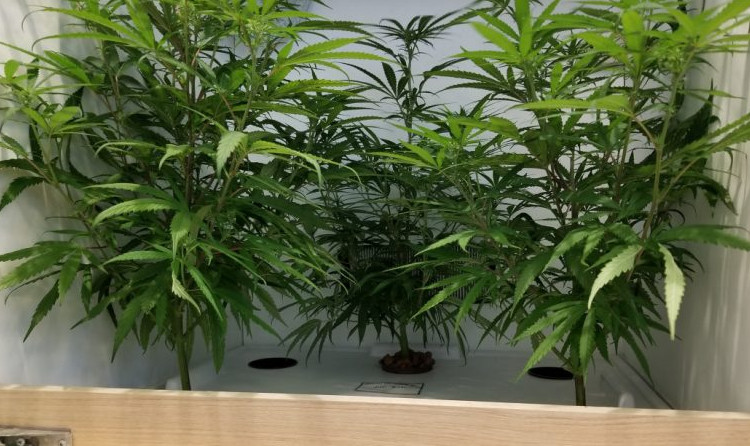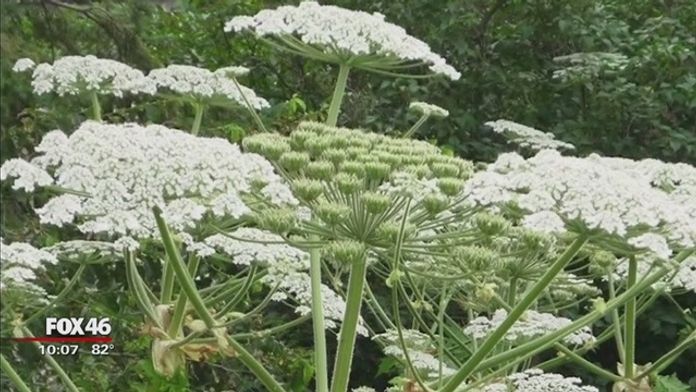My friend Marge Hols came by today. She wrote a gardening column for the Pioneer Press for many years before retiring, which was when I was hired to write one.
We got to laughing about weeds.
“About 90 percent of a gardener’s time is spent weeding,” I said.
“The rest is pruning,” she said.
She noticed a patch of wild petunias. “Those are trouble.”
I told her I was planning to pull out about half of the petunias, though not until after they’d bloomed. They are so pretty, with their bell-shaped powder blue flowers against soft gray velvety leaves. That quiet shade of blue is the kind that brings out the best in just about every other color.
The trick is to not let them go to seed. Once a flower produces the germ of its clone and that seed “goes forth and procreates” (perhaps carried some distance on by the wind or eaten by a bird and digested and “dropped” from the air, only to take root who knows where), all bets are off. The gardener has lost control. Nature takes charge.
I gestured to the California poppies making their feathery presence known in the cracks in the garden wall. Last summer, they took over the entire strip between the street and the sidewalk. Intentional, focused weeding removed most of them, but because I love their buttery-orange flowers, I left enough for this summer’s cheerful display. It’s become a signature of my garden, I’m told, and what better message to send about yourself? “Here lives a cheerful soul. And may you, too, have a nice day.”
Some gardeners call my passive-aggressive way of maintaining order “editing the garden.” We all have our preferred style. Many gardeners are more controlling — determined to make a plan and stick to it. I don’t know if it’s laziness or just my sense of adventure (I do like a surprise) that makes me so tolerant of headstrong plants, but I am definitely in the former category. Which is why I spend so much time “editing.”
I told Marge that it amused me that most of the plants in my garden planted themselves where they thought they’d do best (not where I’d planted them myself when I bought them), even the cranesbill geraniums.
I learned a long time ago that, for me, working from a diagram is futile. I much prefer handing over the reins to my plants. Sometimes I agree with their decisions, sometimes I don’t.
Most of the time I do, and not only that, I’m usually delighted by those decisions. Good for you! I wouldn’t have thought of that! I find myself exclaiming when some staunch individualist is discovered, like those aforementioned poppies, popping out of a crack in the garden wall or behind a conifer it almost matched.
When creeping sedum began doing this, I was thrilled. I’d built the garden wall it grew on, but eventually I had to hire a professional bricklayer to build it again with concrete. It was just too unstable, and soil kept draining onto the sidewalk below, turning what is supposed to be a pedestrian thoroughfare into a rain garden.
Sadly, I gave up on the fantasy of sedum and thyme and other little fellows finding a home in the wall. Or thought I did. Apparently enough crevices remained for the tiniest of the tiny to set up housekeeping between the cobblestones. Now the sedums not only poke out but tumble down. Perfect!
One of my favorite plants in the garden is a pagoda dogwood that planted itself on the boulevard strip. I prune it regularly to keep it low and wide. But not too wide. Again, it’s a public sidewalk.
Other plants that seed themselves around are Clematis recti, various upright sedums, Joe Pye Weed, Grandpa Ott morning glory, Egyptian walking onion, catmint, chives, meadow rue, ferns, Jack in the pulpit, may apple, certain daylilies, thyme, lamium, goatsbeard …
You see? No wonder my garden has been taken over by self-seeders. I am like the little old lady who can’t refuse a stray dog or cat.
The other surprise that awaits in the garden is the way plants revert to one or the other parent’s traits. “June” is currently the nation’s best-selling hosta. Why? Because it’s so unlike most hostas. It stands out from the crowd, owing to its relatively small size and its variegation — blue and chartreuse.
Except that my “June” hostas keep putting out solid blue leaves. That side of the DNA is more aggressive. All I can do is pull out the blue ones and slow the takeover.
A LOSS
A sad chore that took up most of my weekend was removing the junipers that succumbed to winterburn as they were coming out of dormancy. Most likely the shrubs were killed by the April blizzard, their active roots suddenly deprived of water by the low temperatures. The ground refroze and the roots’ water supply was cut off at just the wrong time. They died of thirst.
The best defense against such horrific losses (I suspect all 10 will die eventually) is protecting plant roots with winter mulch, which will insulate the ground around the roots and even out the big freeze-thaw shifts.
Our new climate is going to bring many more such challenges. I’m bracing myself for the onslaught of Japanese beetles, and wondering if and when I’ll see my next stinkbug. (I found one on my kitchen counter a month ago.)
Meanwhile, I’ll enjoy the peonies and try to stay ahead of the weeds.
Credit: www.twincities.com













